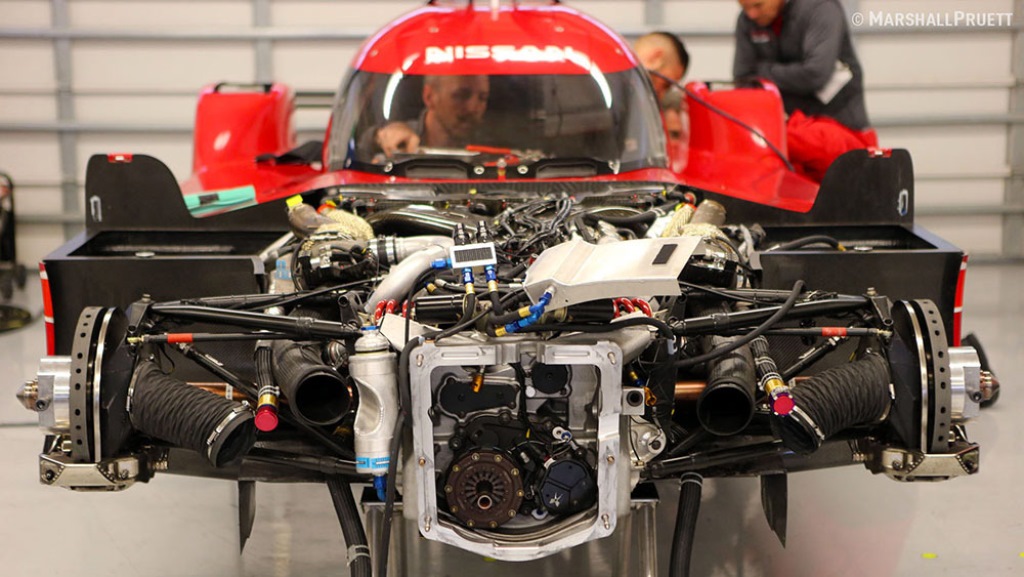There is one other thing that concerns me a bit.
the WSC championship has several races, of which Le Mans is only one
Audi, Toyota and Porsche appear to have given Le Mans priority, yet still create a car that can compete competitive as well just about anywhere else.
The Nissan however appears to me as being designed with Le Mans only in mind and to a much more extreme level then what the opponents did, Up to a point that is seems to b a car that won't work very well at some, if not most of the other tracks.
But who cares. Le Mans is the one prize you want. Even in the last 10 years there have been WSC titles lost by Audi (which ones?) but more likely that most of us know which Le Mans the didn't win because of remembering the ones they did win!
Peugeot had done fairly well over time in WSC but we remember the failures at Le Mans better. So what Nissan does makes sense.
If it pays off, won't that not undermine the status of the WSC and make it a championshop of little to no value other then that Le Mans is part of it?
Won't it not lead to similar strategies by other constructors, and in the most extreme case? factories spending millions on two types of cars: one for Le Mans and events on tracks that resemble Le Mans the best of all and another car for the other tracks?
So we gonna see what we saw in the 50's and 60's in the US Champ car series: A team running/needing two entirely different cars: one front engined dirt-track car and a car for the paved oval of Indy, i.e. a Roadster in the 50's and a rear engined car in the second half of the 60's.
Such a scenario could be a costly affair, even more costly than running one type of car as is been done now.
Henri




























